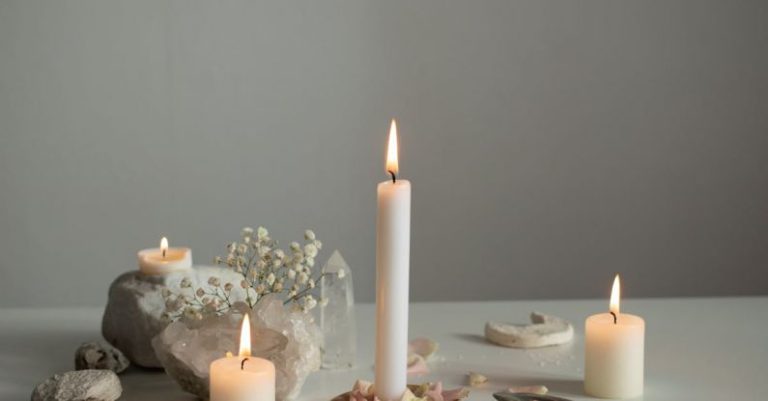Composites in Zero-energy Building Designs
As the world continues to prioritize sustainability and energy efficiency, the integration of composites in zero-energy building designs has emerged as a game-changer in the construction industry. Composites, made from two or more constituent materials with significantly different physical or chemical properties, offer a myriad of benefits when utilized in the construction of zero-energy buildings. Let’s delve into how composites are revolutionizing the way we design and construct buildings that are not only environmentally friendly but also economically viable.
The Role of Composites in Enhancing Energy Efficiency
Composites play a pivotal role in enhancing the energy efficiency of zero-energy buildings. By combining materials such as fiberglass, carbon fiber, and resins, composites offer superior insulation properties, reducing heat transfer and minimizing energy losses. This results in buildings that require less energy for heating and cooling, ultimately leading to significant cost savings for building owners and occupants.
Moreover, composites are lightweight yet incredibly strong, allowing for the construction of sleek and modern designs that maximize natural light and ventilation. This not only reduces the reliance on artificial lighting and HVAC systems but also creates a more comfortable and sustainable living or working environment for occupants.
Durability and Longevity of Composite Materials
One of the key advantages of using composites in zero-energy building designs is their exceptional durability and longevity. Unlike traditional building materials such as wood or concrete, composites are highly resistant to corrosion, rot, and decay, making them ideal for withstanding the elements and maintaining structural integrity over time.
Additionally, composites are non-conductive and non-corrosive, reducing the risk of electrical hazards and the need for frequent maintenance. This not only prolongs the lifespan of zero-energy buildings but also minimizes the environmental impact associated with regular maintenance and replacement of building materials.
Innovative Design Possibilities with Composites
The versatility of composites opens up a world of innovative design possibilities for zero-energy buildings. From curved facades to intricate geometric shapes, composites can be molded and shaped to achieve virtually any design aesthetic, allowing architects and designers to push the boundaries of traditional construction methods.
Furthermore, composites can be customized to meet specific performance requirements, such as fire resistance, acoustic insulation, and thermal efficiency. This level of customization enables architects to design zero-energy buildings that not only meet stringent energy standards but also cater to the unique needs and preferences of building occupants.
Sustainability and Environmental Impact of Composite Materials
In an era where environmental sustainability is paramount, composites offer a greener alternative to traditional building materials. Composites are often manufactured using recycled or renewable materials, reducing the reliance on finite resources and minimizing waste during the production process.
Additionally, the lightweight nature of composites results in lower transportation costs and carbon emissions, further reducing the environmental impact of constructing zero-energy buildings. By choosing composites, builders and developers can contribute to a more sustainable future while also reaping the economic benefits of energy-efficient building design.
Embracing the Future of Zero-energy Building Designs with Composites
As the demand for zero-energy buildings continues to rise, the integration of composites in building design will play a crucial role in shaping the future of sustainable construction. With their unparalleled energy efficiency, durability, design flexibility, and environmental benefits, composites are paving the way for a new era of innovative and eco-friendly building solutions.
In conclusion, the use of composites in zero-energy building designs represents a paradigm shift in the construction industry, offering a holistic approach to sustainability, energy efficiency, and design innovation. By leveraging the unique properties of composites, builders and designers can create buildings that not only meet the highest standards of environmental performance but also provide a superior living and working experience for occupants. As we continue to embrace the potential of composites in building design, the future of zero-energy construction looks brighter and more sustainable than ever before.






